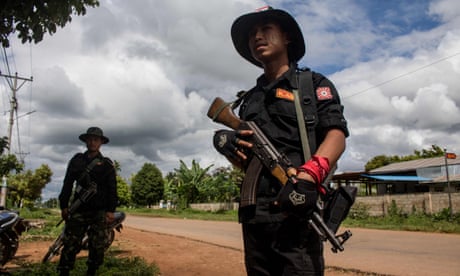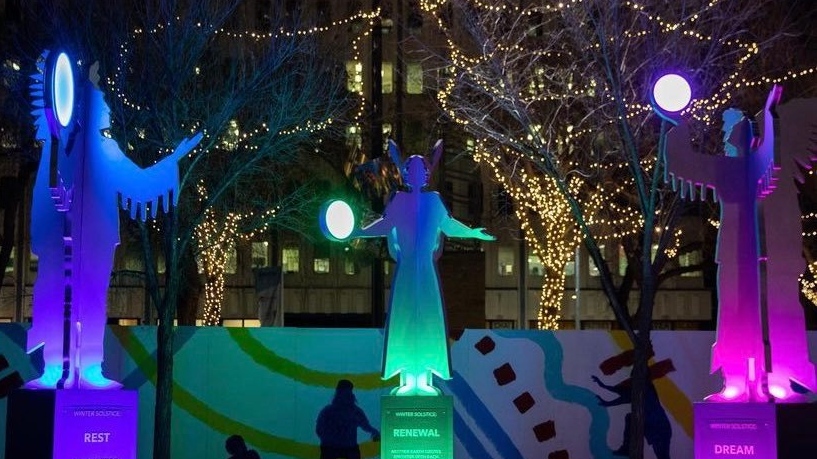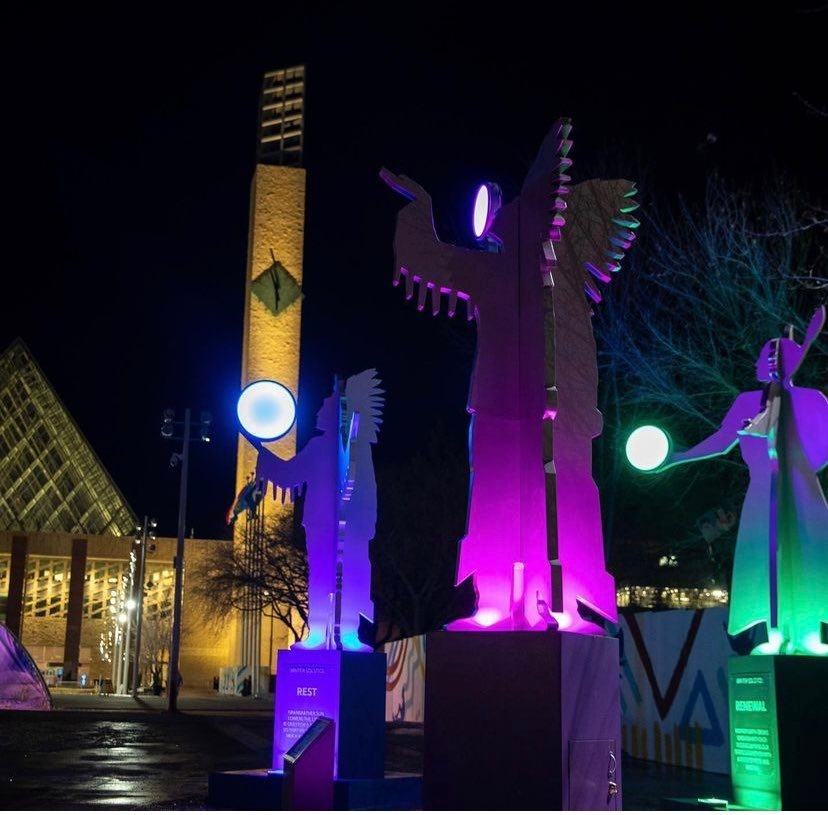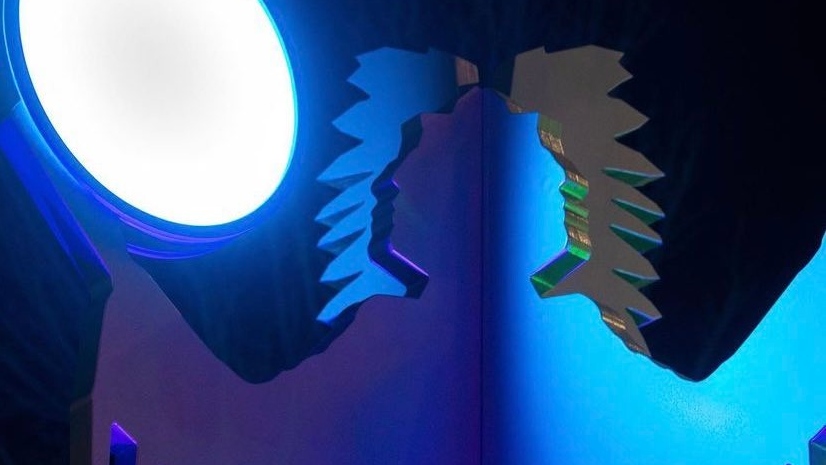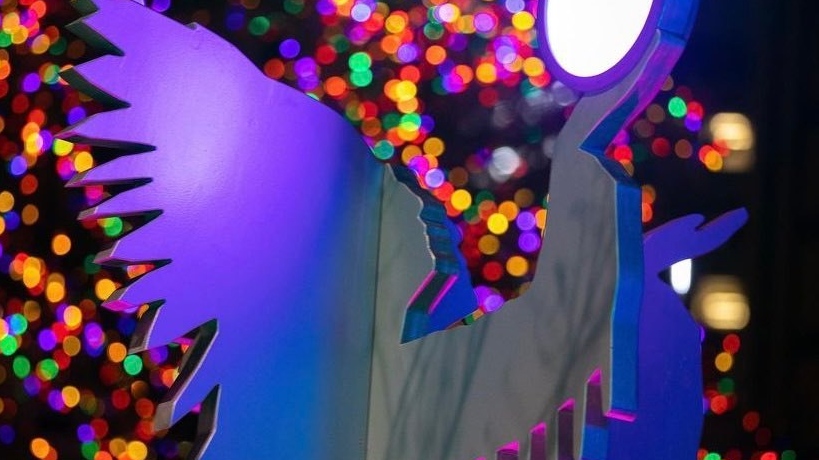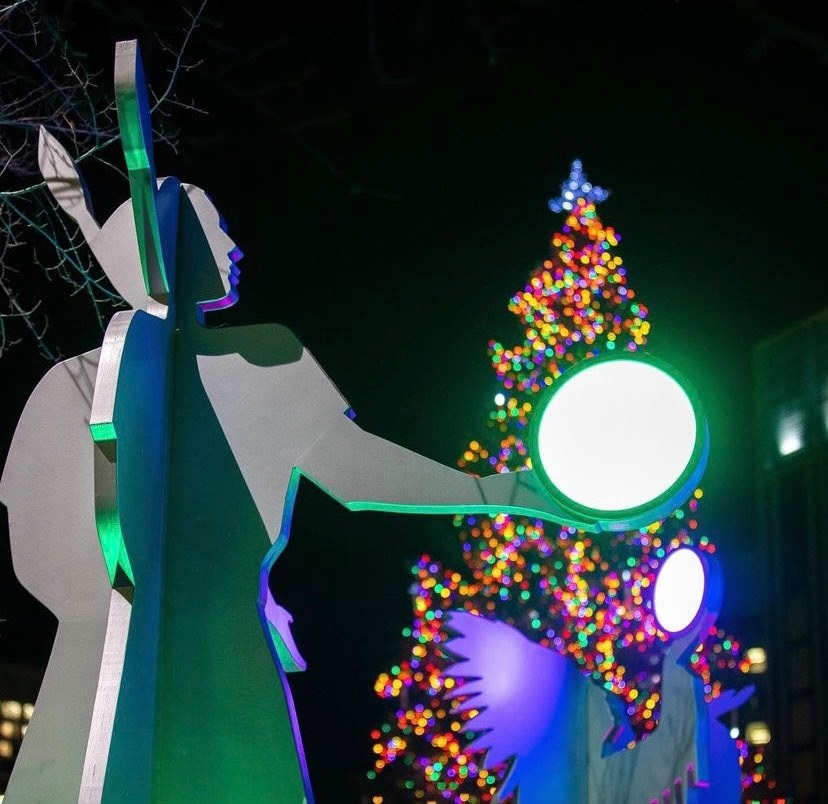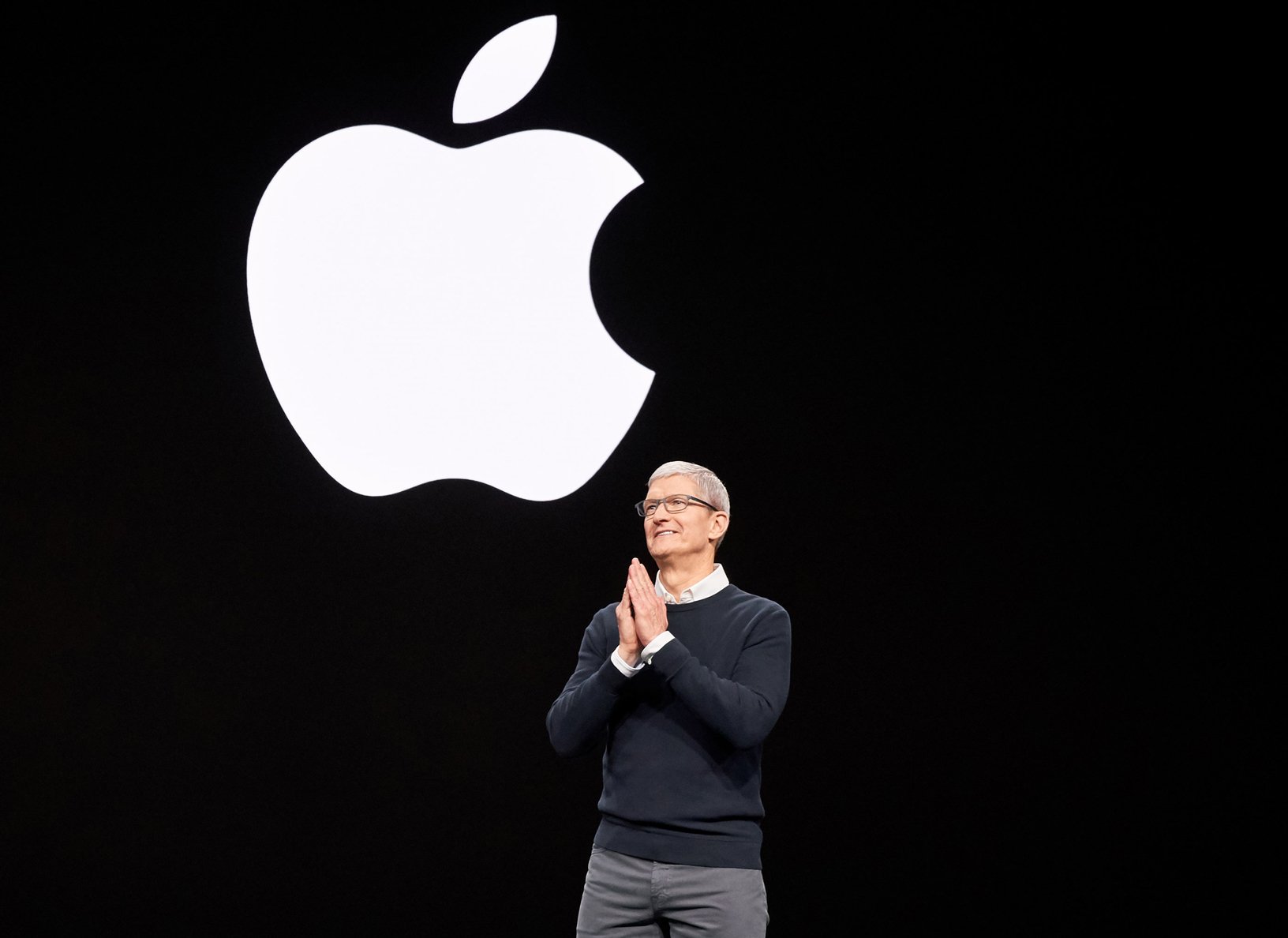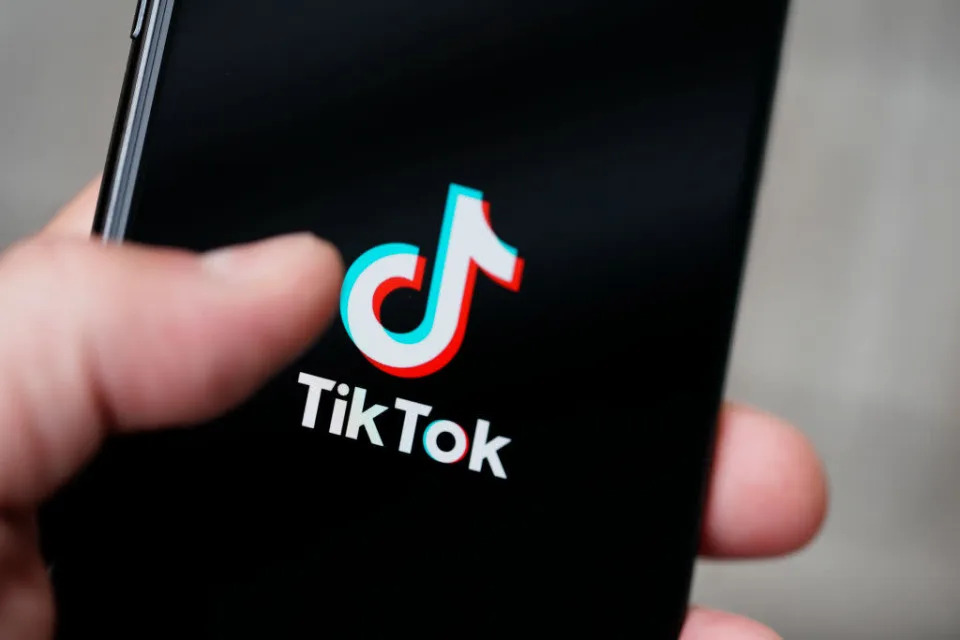Opinion: Visibility for queer people is more important than ever
2021 was a good year for shining a spotlight on queer people in Germany. However, it needs to go beyond displaying social media profile pictures in rainbow colors, says Kristina Reymann-Schneider.

The queer community needs continuous support from mainstream society
In February, 185 actors and actresses came out in the magazine of daily Süddeutsche Zeitung. They wanted to draw attention to the fact that many lesbian, gay, queer, nonbinary, bi-, trans- and intersex people work in the film industry.
But instead of dealing with this openly, some of them had hidden their sexual identity because they feared professional repercussions. Under the hashtag #actout, they encouraged a debate about the visibility of queer lifestyles and diversity in film and TV.
Over the summer, the first season of the reality show "Princess Charming" aired, in which lesbian women vied to be "Princess." It was the first TV show of its kind in the world and, notwithstanding prejudices commonly linked to such reality formats, it was far from trashy. On the contrary, the show dispelled stereotypes; the contestants saw themselves as educators and wanted to encourage others to stand up for themselves, their sexuality and their bodies.
EU and corporations get behind LGBT community
In July, European Commission President Ursula von der Leyen raised eyebrows when she said: "Europe will never allow parts of its society to be stigmatized: because of who they love, because of their age, because of their political opinions, or because of their religious beliefs."
Her remarks were aimed primarily at the policies of Hungary and Poland, where education about sexual diversity is severely restricted, not least due to the introduction of so-called LGBT-free zones.
A few months later, the EU froze coronavirus-linked aid to Poland after the country failed to back down from its anti-LGBT policies. In November, the new German government announced in its coalition agreement that it would strengthen the rights of queer people by abolishing the Transsexual Act, which bars people from choosing their first name and gender registration without prior evaluation.
But the absurd debate about German football captain Manuel Neuer's armband and the illumination of Munich's Allianz Arena in rainbow colors during the Euro 2020 championship showed the limits of the commitment against discrimination.
While companies such as BMW and even FIFA used Pride Month in June to show their openness and tolerance by displaying company logos on their social media channels in rainbow colors, it failed to take off elsewhere. The logos in the Arab world and the Middle East remained unchanged. Given that homosexuality is punishable by death in Saudi Arabia that is understandable. Still, it weakens the credibility of the corporations about how open and tolerant they really are.

A strong message, but it musn't stop there
Discrimination and hate crime
These days, there is broad social acceptance for queer people in Germany, but terms like "gay" or "faggot" are still frequently bandied about. According to a study by the German Institute for Economic Research, one third of non-heterosexual people keep their sexual identity a secret at work for fear of discrimination and reprisals.
This fear is not entirely unfounded. Indeed, 30% of respondents said they experienced discrimination at work. Social workers, educators, doctors or geriatric nurses whose institutions belong to the Protestant or Catholic church are subject to church labor law. This allows employers to dismiss employees on the basis of their sexual identity. The General Equal Treatment Act does not apply here.
Right-wing as well as religiously motivated groups continue to publicly agitate against homosexuals. Hate crime against people from the community has been on the rise for years, according to figures provided by Germany's Interior Ministry.
In 2020, authorities registered 782 hate crime offenses against lesbians, gays, bisexuals, transgender and intersex people — and those are only the incidents that were reported to police.
Education and role models remain important
That is why education in schools is so crucial. There needs to be more awareness about children's and adolescents' books, series and movies that relate different life realities; that there are people in all walks of life who are open about their sexual identity and can become role models; that governments can ensure equality and abolish discriminatory laws; that CSD events are important and that there are shelters for homosexual people; and that people show civil courage when transsexuals are discriminated against, ridiculed or beaten up.
Only then can we call ourselves a society that truly stands up for diversity. And anyone who dips their social media profile picture in rainbow colors in June is of course welcome to do so.
Just remember that queer people are still there after Pride Month and need the continuous support of mainstream society.
This article was originally written in German.
DW


